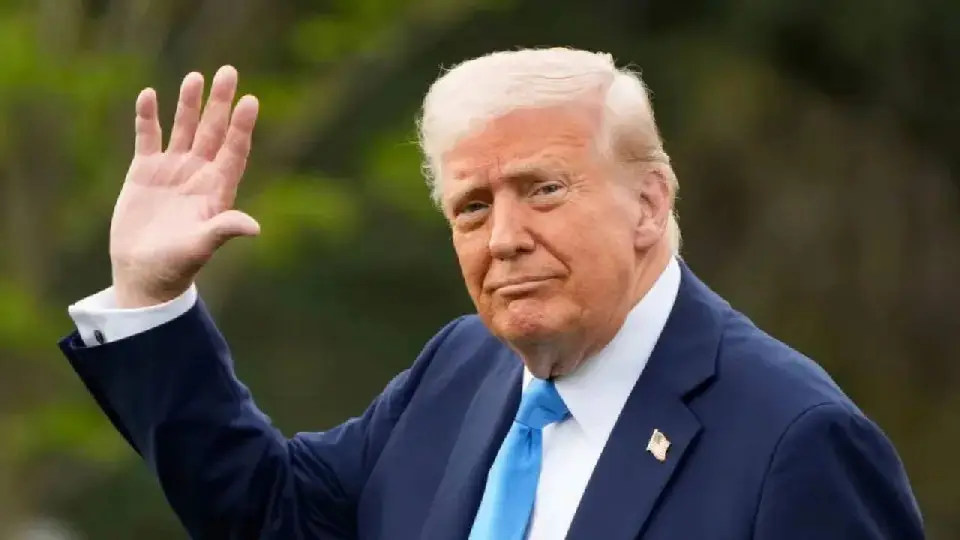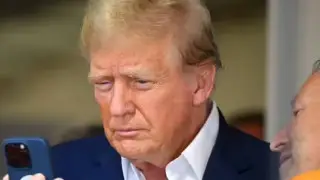
trump
Business News:Ever since Donald Trump assumed the presidency, his administration has pursued an aggressive trade policy by imposing reciprocal tariffs on imports from multiple countries. According to the Congressional Budget Office (CBO), these measures are not only reshaping global trade flows but could also bring substantial fiscal relief to the United States.
In its latest estimate released on Friday, the CBO projected that if the current elevated tariff regime continues, it could reduce the US national deficit by nearly $4 trillion over the next decade. Of this, $3.3 trillion would come from additional revenues generated by tariffs, while a further $0.7 trillion could be saved through lower federal interest payments.
The CBO clarified that the higher tariff collections are significantly offsetting the rising fiscal burden created by the Republican-backed tax cuts and increased federal spending measures passed earlier this year. Without the cushion provided by tariffs, the agency estimates the deficit could rise by $3.4 trillion over 10 years.
Although tariff revenues are strengthening government coffers, CBO analysts cautioned that the current peak rates may not last indefinitely. Negotiations with trade partners and ongoing disputes at international forums could lead to revisions or partial rollbacks. Still, for now, tariffs are emerging as a major tool in narrowing the widening fiscal gap.
The US national debt currently stands at $37.18 trillion, a figure that has continued to grow steadily under both Republican and Democratic administrations as Congress repeatedly authorized spending beyond revenues. With a September deadline looming for lawmakers to finalize a new government funding bill, concerns about a potential government shutdown are also adding to fiscal uncertainty.
The latest CBO projections mark an upward revision from June, when it estimated that tariff measures could bring down the primary deficit by $2.5 trillion and reduce interest costs by about $500 billion. The improvement reflects stronger-than-expected customs collections and sustained import levels despite higher duties.
According to data from the Finance Department, US Customs and Border Protection has already collected more than $26 billion in tariffs in the current fiscal year, a sharp jump compared to last year. Independent estimates by Oxford Economics show that average US tariff rates climbed to 16.7% in August, up from 15.1% in June, reflecting Trump’s latest round of trade duties. While economists remain divided on the long-term impact of high tariffs on businesses and consumers, the CBO report highlights that in the short to medium term, the revenue stream is proving critical in easing fiscal stress. Whether these gains will persist depends heavily on the outcome of ongoing trade negotiations and legal challenges at the global level.













Copyright © 2025 Top Indian News
